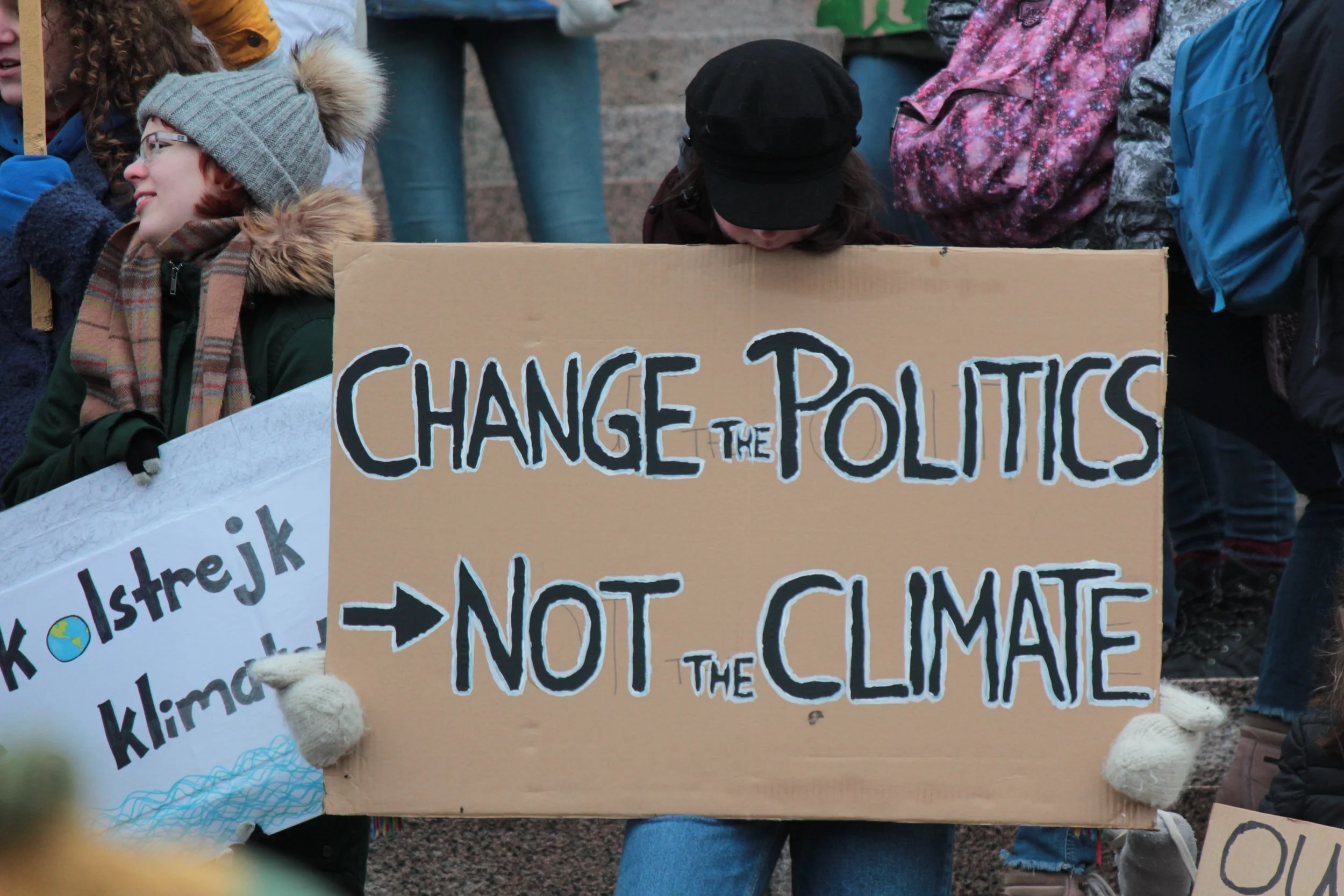It’s Adaptation and Loss and Damage Day at COP26. We are one of over 300 civil society organizations that sent an open letter to COP26 President Alok Sharma and world leaders on October 26, demanding COP26 deliver finance for loss and damage.
Loss and damage is the unavoidable impacts of climate change that cannot be averted or minimized through adaptation, mitigation or disaster risk reduction. These impacts are the superstorms, wildfires, droughts, sea-level rise, climate catastrophes, human rights violations and forced displacements that at least 30 million people faced within their countries last year. We know many more uncounted are likely displaced, both internally and even across borders.
Eight years after the establishment of the Warsaw International Mechanism on Loss and Damage, efforts to mobilize finance have all but stalled, mainly over issues of liability.
This isn’t a call for charity, development aid or the present grossly insufficient humanitarian aid. This is a call to fund climate damages, where research suggests, by 2050, the economic costs of loss and damage in developing countries could be as high as USD 1.8 trillion.
Climate Refugees frontline reporting in the Lake Chad Basin is now included in this compendium of case studies, documenting evidence of loss and damage in 12 developing country locations in the Global South. In the Sahel, where temperatures are increasing 1.5 times faster than the global average, displaced persons we interviewed in Niger told us:
“Climate change is happening. We see it everyday.” — Nigerian refugee
In the Lake Chad Basin, people have been on the move for decades, moving southwards in search of more fertile soil for farming with ever increasing climatic changes, rainfall variability, and with the lake shrinking, moving closer to its shores for water access.
While the 2009 conflict with Boko Haram may have forced many out of the immediate region and even their countries eventually, most were first displaced internally. Some as early as 1973!
“Although I left because of Boko Haram, many in my village left to Diffa earlier because of flooding.” — Nigerien IDP
In the more immediate, the projected economic cost of loss and damage by 2030 is estimated to be between 290 and 580 billion USD in developing countries alone. The call for additional finance is specific and distinct. The responsibility for it sits clearly with wealthy, high-emitting nations and fossil fuel corporations.
Lest we be lulled into inaction by pledges or claims of economic pains, we only need look at the highest polluting countries’ expenditures on climate finance compared to border spending. Seven of the top carbon emitting countries have spent twice as much on border enforcement than climate finance between 2013 and 2018.
The world’s top emitters fail to provide adequate climate finance and will not even come close to discussion on climate reparations, but seem to have limitless ability to fund borders and immigration enforcement. Could this be because they understand the correlation between climate change and forced displacement?
The evidence from science to finance is clear. It’s time to pay up for loss and damage. For it’s more than time for climate justice.
For more on the Lake Chad Basin, read our entire report:




